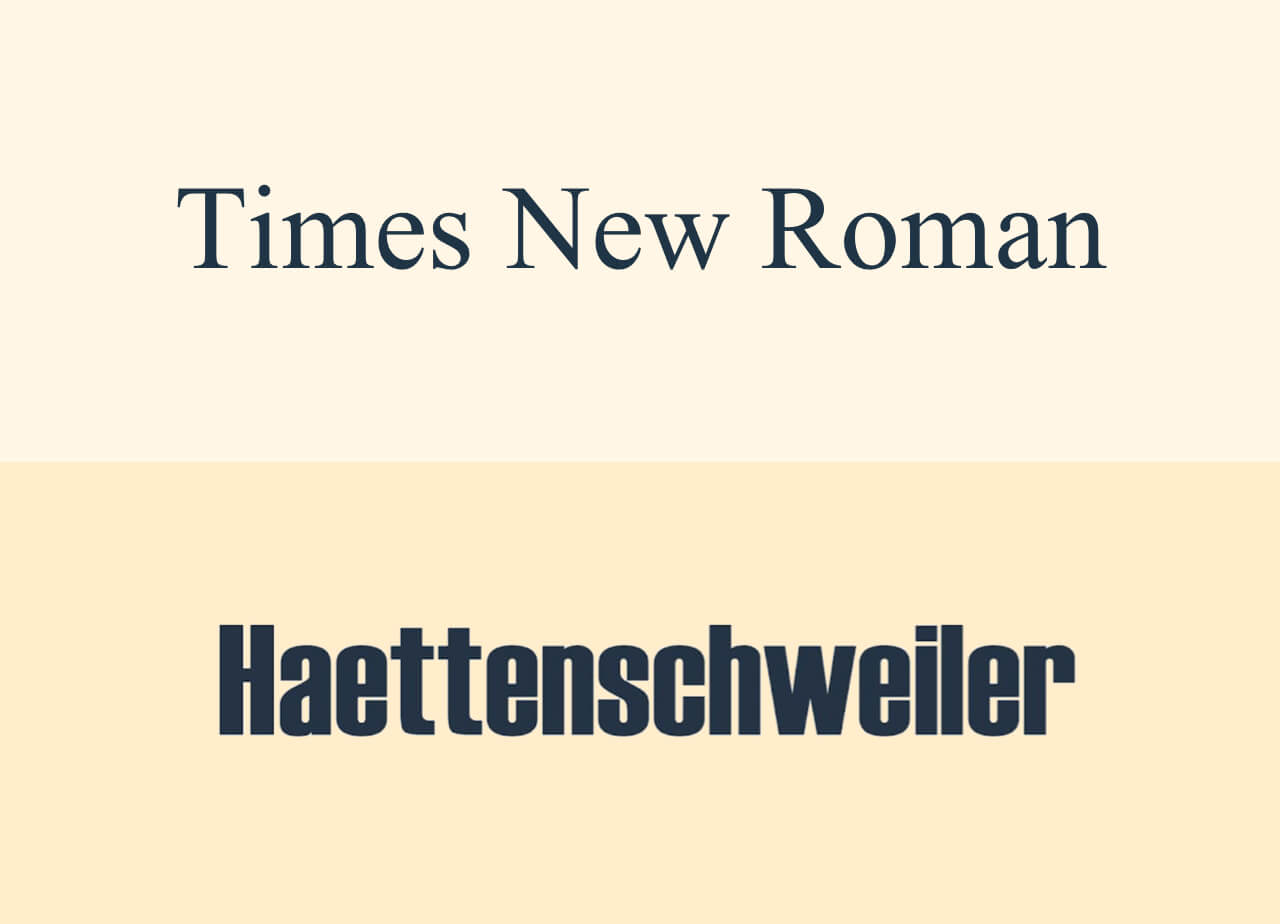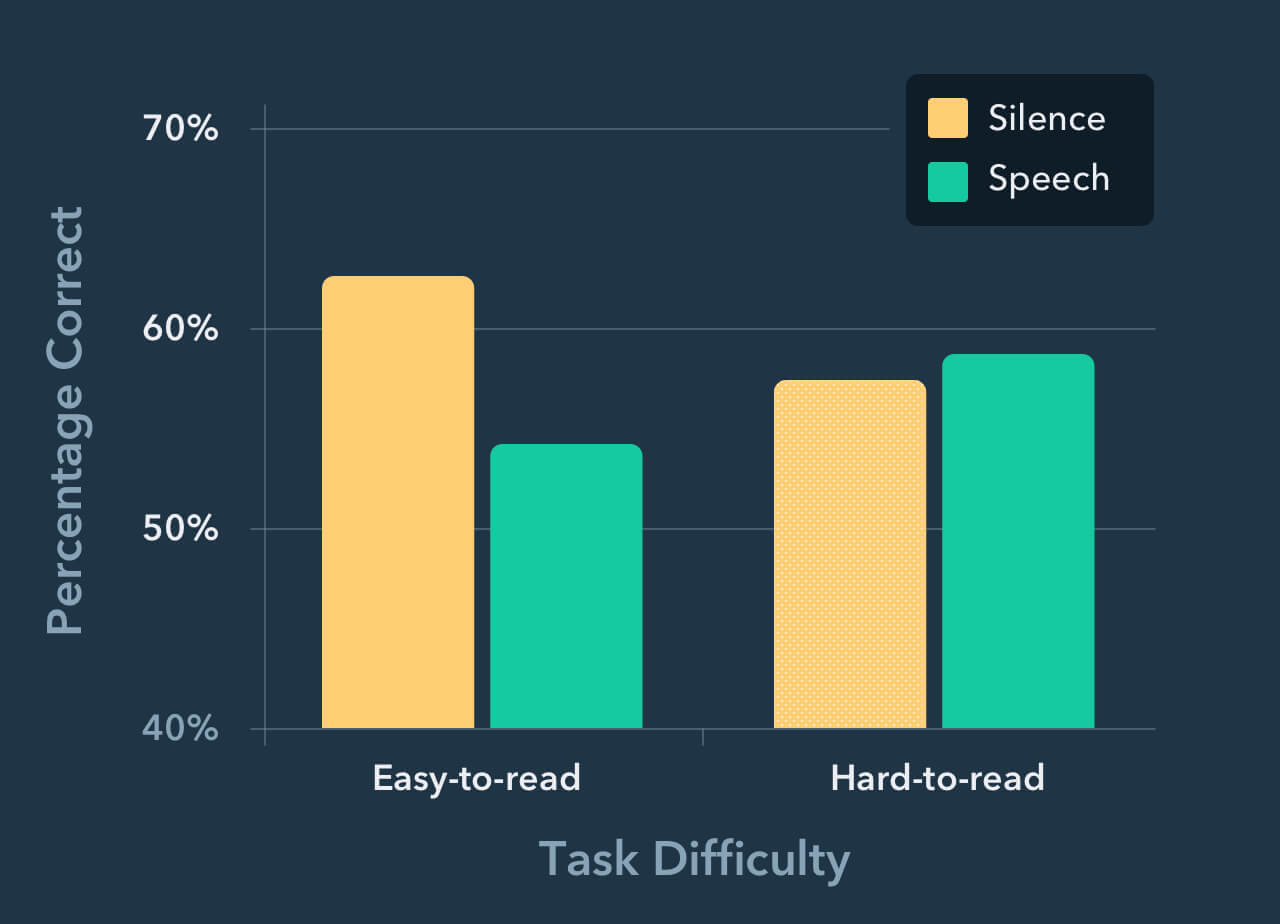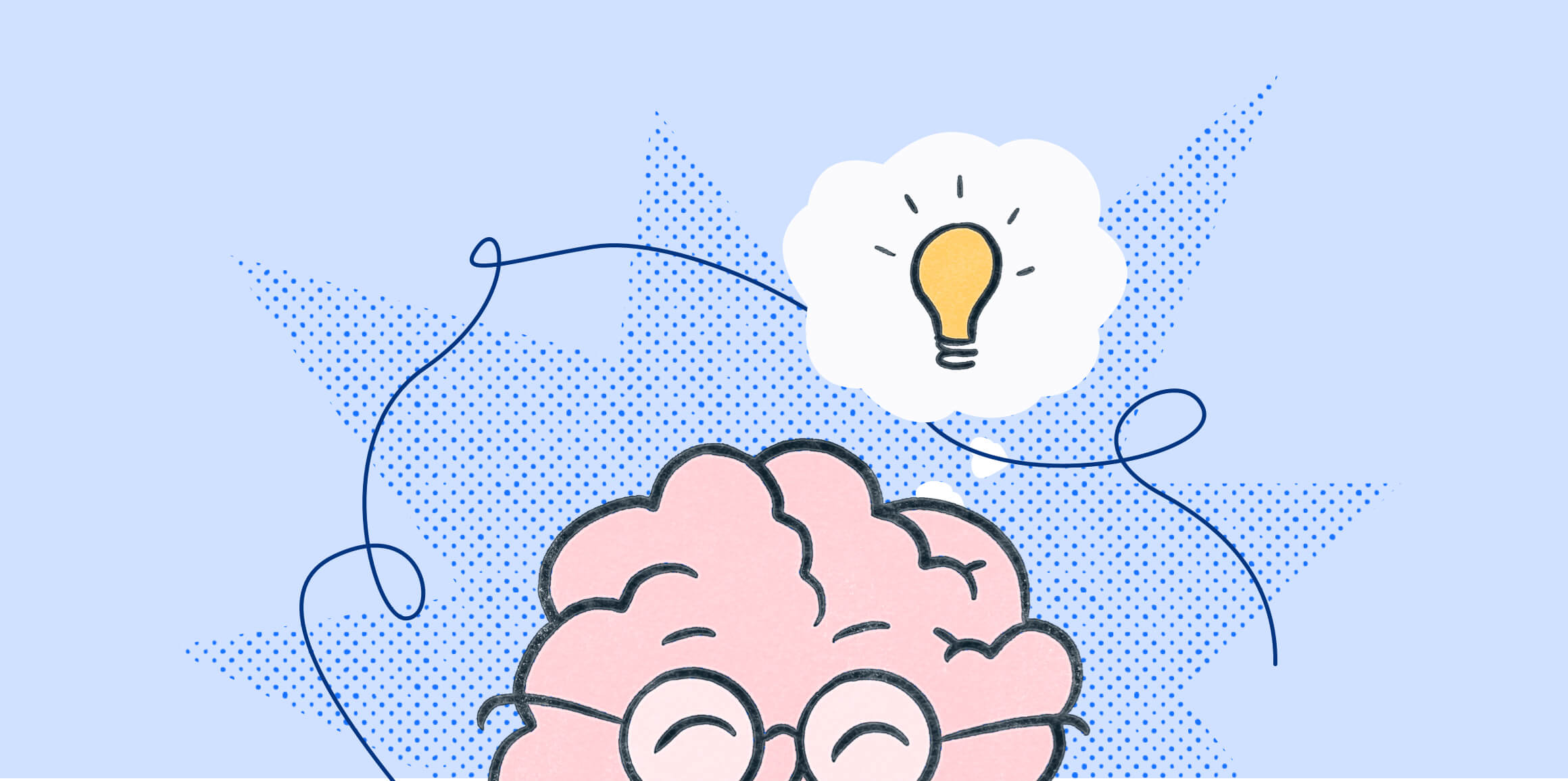Studying or working effectively is a difficult task that everyone approaches differently. Some people seem to be able to concentrate with significant auditory and visual distractions, where other people, like me, need near complete silence to focus.
We’ve previously focused on how music affects our learning capabilities as well as the power of music during studying. With the COVID-19 pandemic still affecting our daily lives, you may find it difficult to work or study with new distractions such as kids being home from school, spouses sharing a home office, an addition of a pandemic pet, or even that neighbor with very loud Zoom meetings.
If speech-related background noise distracts you, read on. In this post, we’re going to focus on studying and learning with these distractions.
A study on distractions
In a 2014 study–A shield against distraction, Halin, Marsh, Hellman, Hellström, and Sörqvist set out to understand how and when we can effectively block out distractions to focus on a task. To study this, they asked how the level of distraction changes based on the difficulty of the subject matter as well as working memory capacity.
What was measured
Thirty-two Swedish participants in the study were given two 160-word passages to read about the planets Mars and Neptune. Both passages were provided in an easy-to-read font (Times New Roman) and also in a hard-to-read font (Haettenschweiler).
While reading the passages, there was also a male voice in their headphones speaking about a fictitious culture, which participants were instructed to ignore.

The participants then took multiple choice tests to assess their learning of what they read in the four passages. The test results provided two outcomes.
Results
When looking at the Times New Roman font, the passage with the background speaker was remembered more poorly than the passage read in silence. However, when looking at the Haettenschweiler font, the passage with the background speaker was remembered better than the passage read in silence.

Mean number of the percentage of correct answers on a test of memory for prose displayed in two task difficulty conditions (easy-to-read and hard-to-read texts) and read in two background conditions (silence and background speech noise).
How is this possible? Working memory capacity.
What is working memory capacity?
Working memory capacity refers to the capacity to selectively maintain and manipulate goal-relevant information without getting distracted by irrelevant information over short periods of time.
In terms of studying, your working memory capacity is the capacity to learn and recall information without being distracted by internal or external interruptions such as someone speaking, a dog barking, or your phone ringing.
Everyone’s working memory capacity is different. Authors of the 2014 study took the multiple choice test results and set out to determine how these results may vary based on someone’s working memory capacity.

For the easy-to-read Times New Roman font, they ultimately determined that a person with high working memory capacity can handle more distractions, whereas the opposite is true for a person with low working memory capacity. For the hard-to-read Haettenschweiler font, working memory capacity did not matter. They determined that when a person has to concentrate harder to read and understand something, distractions are more or less irrelevant.
Can you improve working memory?
We’ve all heard that our mind is a muscle and, like most muscles, you have to work to improve it. Research agrees and suggests that brain training can have a positive effect on improving our working memory.
A 2019 study looked at neural responses in two monkeys during different activities where they were asked to perform previously learned tasks. Their neural activity increased, not just with the trained tasks but with unfamiliar tasks as well.
A study published in the American Psychological Association’s Journal of Experimental Psychology: Learning, Memory and Cognition found that after memory training, participants were able to increase the number of items they could retain within their working memory.
Studying with distractions
The study can be summed up with the determination that a task with higher difficulty prevents against distraction. While we always recommend a comfortable and distraction-free study zone, don’t be discouraged in your studies with a noisy house full of pandemic-related distractions. You may benefit from having to concentrate deeper to understand and recall information.
Working memory capacity can be improved with practice, so get that study time in and reach your highest potential!


 learning science
learning science